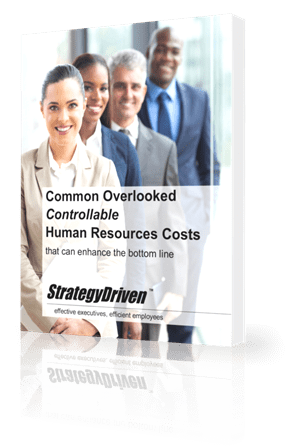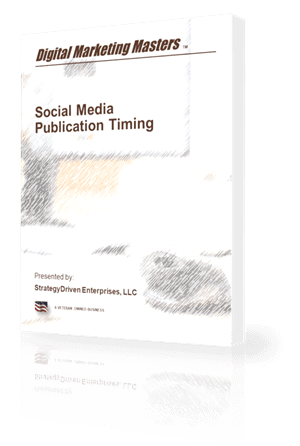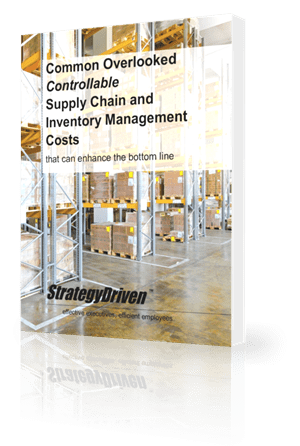What Is Accessible Marketing?

However, when it comes to marketing activities, accessibility refers to different issues. Indeed, making your marketing strategy accessible is about reaching a broad and diverse audience and offering alternatives for those who may not be able to perceive your message in its standard format. Molly Burke, a blind Youtube vlogger, is especially vocal about visual impairment and how brands often fail to target people like her. Burke has made many videos explaining not only how she uses technology in her everyday life but also how some of her favorite brands could transform their online presence to tackle accessibility issues. If you haven’t considered creating an accessible marketing strategy until now, this is the time to renew your communication!
Flash info: Metadata are NOT just for SEO
On-page SEO should be your top priority as a small business owner. Indeed, Search Engine Optimization can make a significant difference in boosting your online traffic, and therefore driving more leads to your site. Aside from keywords and informative content, creating useful metadata is typically part of every SEO strategy. Meta tags are read by search engines such as Google and Bing and used to gain a better understanding of your content.
But they can do a lot more than SEO improvements. Indeed, metadata are not visible to your visitors, but they are accessible to screen readers. Blind or visually impaired users rely essentially on their screen readers to navigate the web. The readers convert the digital text found in the metadata and the HTML code into speech. You can add valuable information for screen readers, such as the language used – which is useful if you quote foreign words in your text, like the French saying ‘c’est la vie’. Additionally, using specific meta tags lets you structure the text, making it understandable in a speech format.
Provide the same information through different channels
It can be difficult for marketers to pursue the creation of the same piece of content through various formats. However, you can find helpful tools that can do the hard work for you. A text to voice messaging tool is a brilliant solution to target users who may be able to read written messages. It can be helpful to collect information regarding your users’ communication preferences at an early stage so that you can adjust your campaigns to their requirements. Additionally, blind users such as Molly Burke rely on an accessibility-friendly function that converts the content of their smartphone into speech. In other words, your SMS is likely to be read if you accidentally forget to use voice messaging. However, you should avoid drawing your smileys as smartphone voice-over tools tend to read each punctuation sign separated. Colon. Right-hand side bracket.
Can the blind hear my images?
Molly Burke is not only vocal about the issues faced by the visually impaired community, but she is also a fantastic role model for businesses who want to boost their accessibility. Indeed, Burke’s Instagram account features accessible image descriptions that help all users to understand what the picture is about. She provides a summary of the objects and people in the photo, their names, the animals, the surroundings, and the emotions that are expressed. In short, anybody with a screen reader can know what your images display even if they can’t see. For websites, the function is in the meta tags; it’s the alternative text that serves as a translation of the picture. On social media, you can write an accessible description in the caption content.
Sure, videos are great… unless you can’t see/hear them
It would be foolish to pretend that focusing on the blind community is enough. Deaf users struggle a lot less online, as they can access most content without difficulties. However, if you are using videos on your site or if you’ve created a vlogging channel, you should consider the addition of caption subtitles. Indeed, subtitles make the video accessible to those who struggle with hearing impairments. However, you can also create content for screen readers to ensure that your videos remain meaningful to those who can’t see them.
What about less confident users?
Finally, creating accessible online content needs to offer simple solutions for all your users. Users who are less confident about digital communication should also be a target with simple and straightforward processes to unsubscribe, purchase, or create an account online. Don’t let them wander what to do.
Accessibility has to become part of your everyday marketing strategy. You can’t afford to make it an afterthought anymore without risking to lose a valuable part of your audience.














Leave a Reply
Want to join the discussion?Feel free to contribute!